Skin cancer is a widespread but preventable condition that poses a significant risk to many Americans. According to the Skin Cancer Foundation, one in five Americans will develop skin cancer by age 70, making it the most prevalent type of cancer. While the majority of cases can be successfully treated, it is also the deadliest form of cancer. Every day, over 9,500 people in the United States are diagnosed with skin cancer, and two individuals die from the disease each hour.
Basal cell carcinoma (BCC) is the most common type of skin cancer, with an estimated 3.6 million diagnoses in the U.S. each year. Despite popular belief, BCC does not solely affect older adults. Younger individuals in their 20s and 30s are also being diagnosed with this condition more frequently.
However, there is good news. BCC is highly treatable and curable, especially with early detection. Dr. Jennifer Gordon, a board-certified dermatologist at Westlake Dermatology in Austin, Texas, states that BCC is the easiest form of skin cancer to treat and cure. If caught early, surgery and monitoring can effectively eliminate the cancer.
To prevent and identify BCC, it is crucial to consult a dermatologist at least once a year. If any suspicious spots are noticed, it is advisable to seek immediate medical attention. Dr. Gordon cautions that the longer a spot is left untreated, the larger it will become, leading to a more extensive scar. By learning about the signs of basal cell carcinoma and seeking prompt medical care, individuals can significantly reduce their risk of this prevalent form of skin cancer. As always, individuals should consult with their physicians for personalized medical advice.
1) Basal Cell Carcinoma: Important Information You Should Know
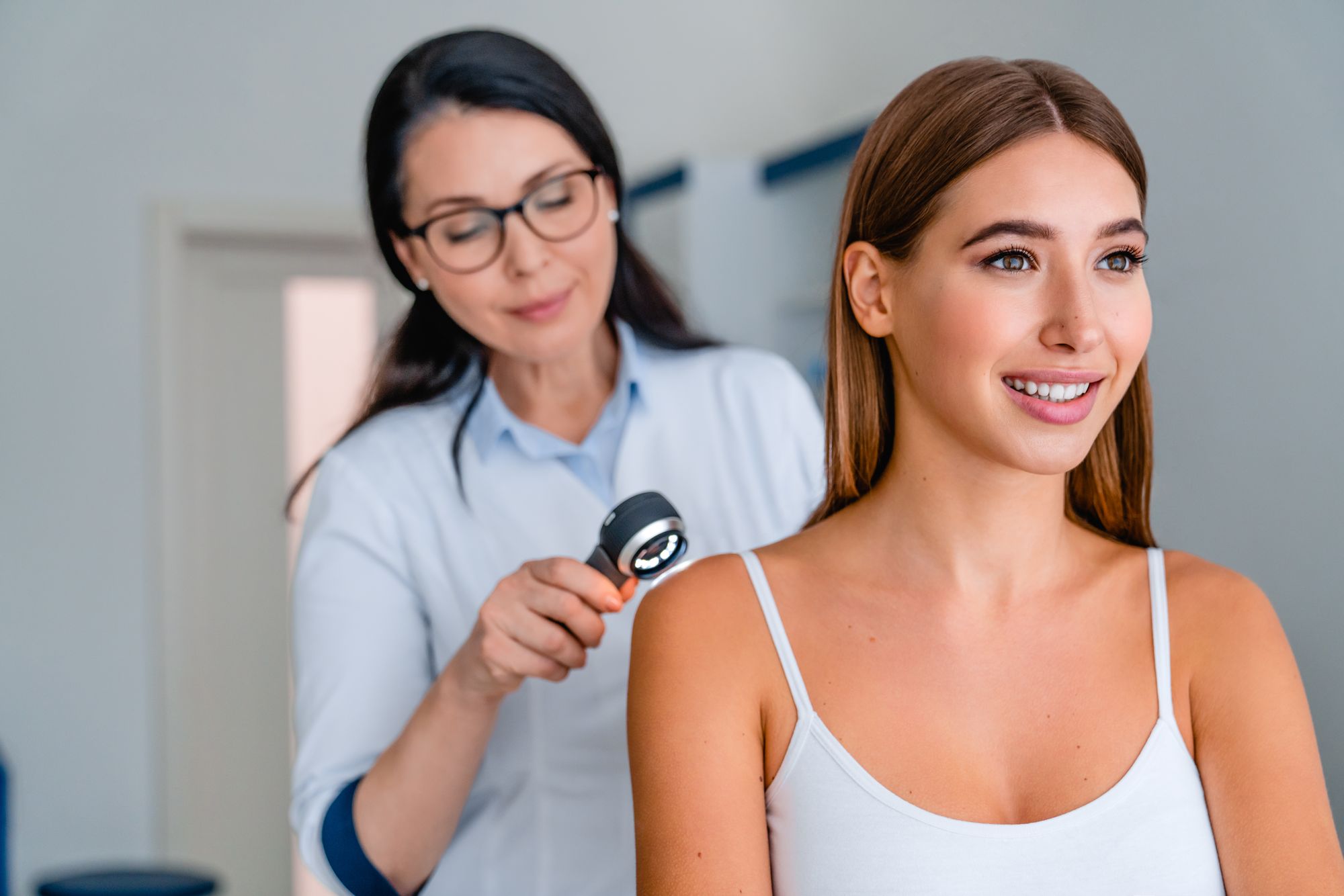
Basal cell carcinoma is a type of skin cancer that is very common in the United States. It is slow-growing and usually curable, but in rare cases, it can be aggressive and require more invasive procedures. According to medical experts, basal cell carcinoma is more common than breast, colon, and prostate cancer combined. Although it is not as lethal as other forms of cancer, it can still be dangerous if left untreated. It is often located in areas of the skin that have been exposed to intense sun exposure for extended periods without protection. It is important to see a dermatologist regularly and to seek medical attention if you notice any suspicious spots on your skin.
2) Understanding the High Prevalence of Basal Cell Carcinoma
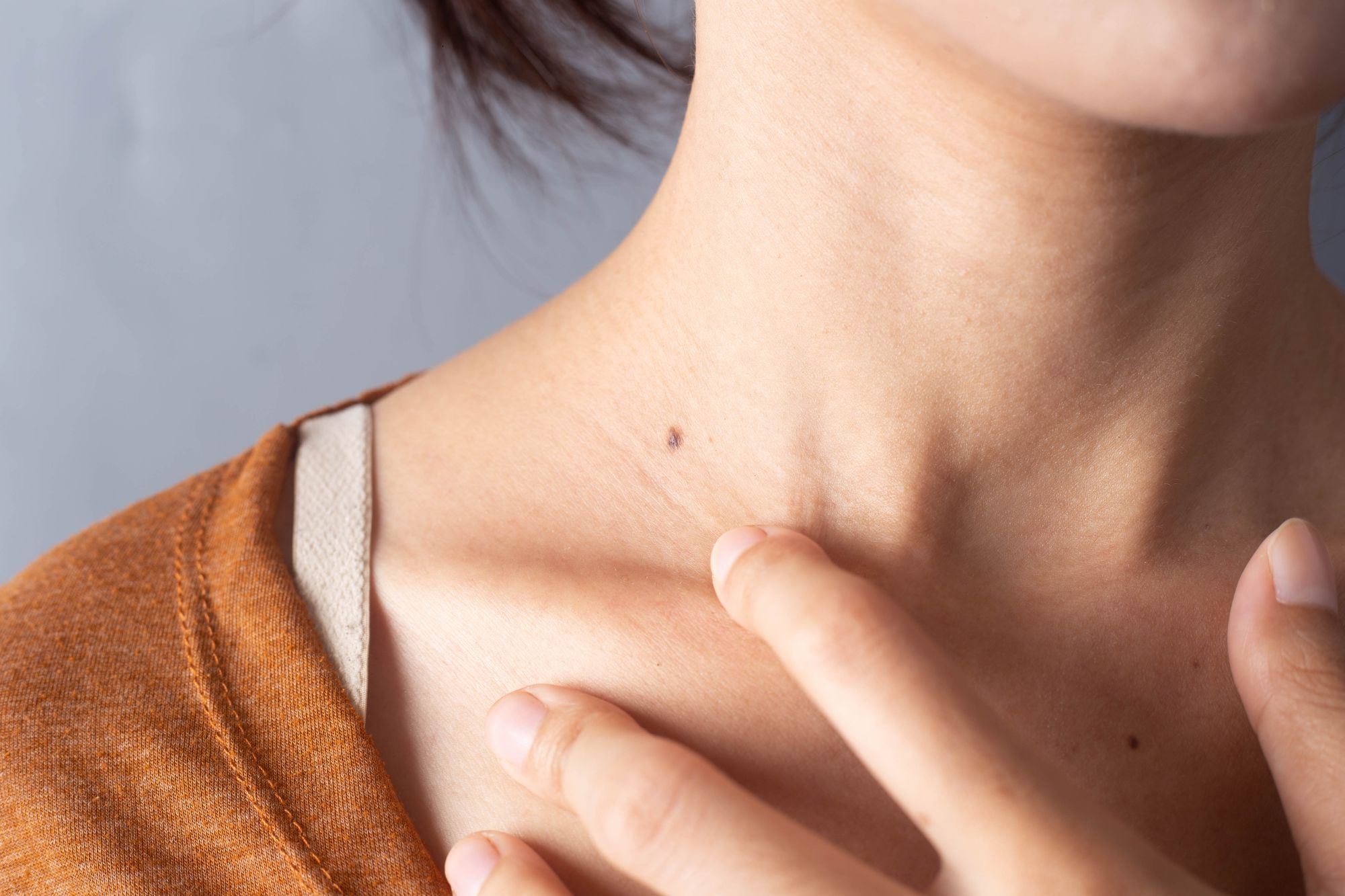
According to several dermatologists, chronic sun exposure and ultraviolet (UV) radiation from the sun are the leading causes of basal cell carcinoma (BCC). People who live in warm climates and spend a significant amount of time in the sun without proper sun protection are at a higher risk of developing this type of skin cancer. The baby-boomer generation, which tanned with baby oil and iodine, is now facing an epidemic of skin cancer as they reach an age where cancer risk increases. However, other factors such as genetics and other potential carcinogens may also contribute to BCC formation. White patients are most susceptible to BCC due to their susceptibility to sunburn and sun damage. UV radiation can induce mutations in the skin genes, leading to the formation of basal cell cancer.
3) Factors That Increase Your Risk of Basal Cell Carcinoma

Dr. Margolin, Dr. Toy, and Dr. Gordon all agree that sun exposure is the biggest risk factor for basal cell carcinoma. Other risk factors include fair skin that doesn't tan well and certain genetic syndromes. According to Dr. Toy, the risk is higher in older individuals due to cumulative, lifetime exposure to the sun, but it can also affect teenagers and twenty-year-olds. Dr. Gordon emphasizes the importance of avoiding sunburns and tanning beds, as well as being mindful of certain professions, hobbies, and locales that may increase the risk over time.
4) Recognizing Signs of Basal Cell Carcinoma
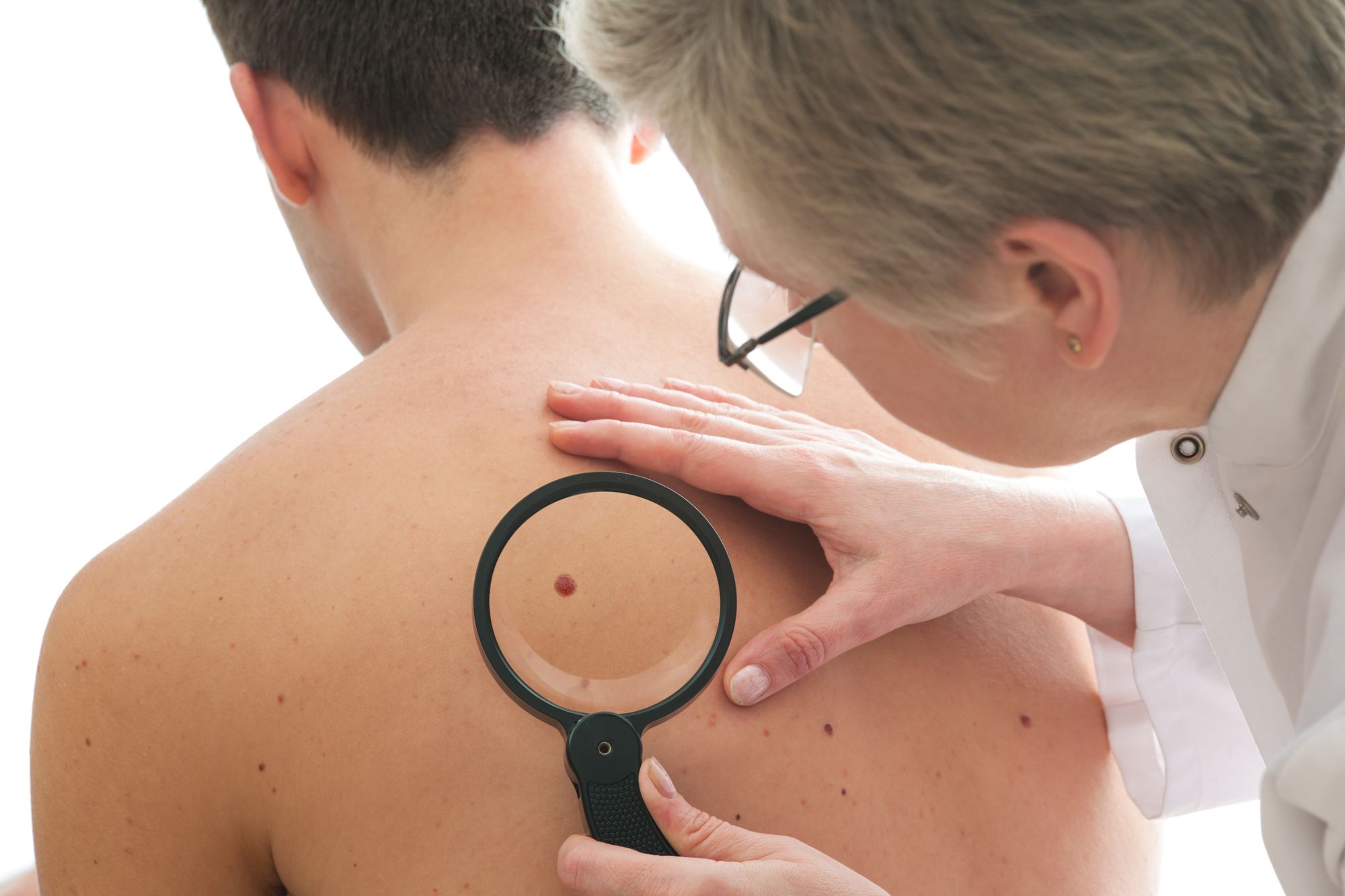
Recognizing the signs of Basal Cell Carcinoma is crucial for early detection and effective treatment. Dr. Margolin states that BCC usually appears as a medium-sized spot, ranging from a quarter to half an inch, with color similar to or slightly darker than the surrounding skin. The edges may appear slightly rolled up.
Dr. Toy adds that the skin cancer starts as a non-healing spot, usually on the face or any sun-exposed area, and gradually worsens over time. An ulcer may form, and the spot can begin to bleed, which is a telltale sign that something is wrong. Skin cancers never get better on their own, so if a spot has not healed in a month, it's best to see a dermatologist.
Dr. Gordon advises that BCC can appear as a small, pearly, skin-colored bump that bleeds easily and slowly grows over time, causing an ulcer or chronic wound. Sometimes it can also present as a small pink, scaly patch. Since BCC can be present anywhere, it's essential to have a board-certified dermatologist examine any suspicious spot.
Dr. Lal warns that BCC can look like a pimple or pearly bump that doesn't heal, is friable, and bleeds easily with trauma. It can also resemble an ulcer.
5) Ways to Reduce Your Risk of Basal Cell Carcinoma
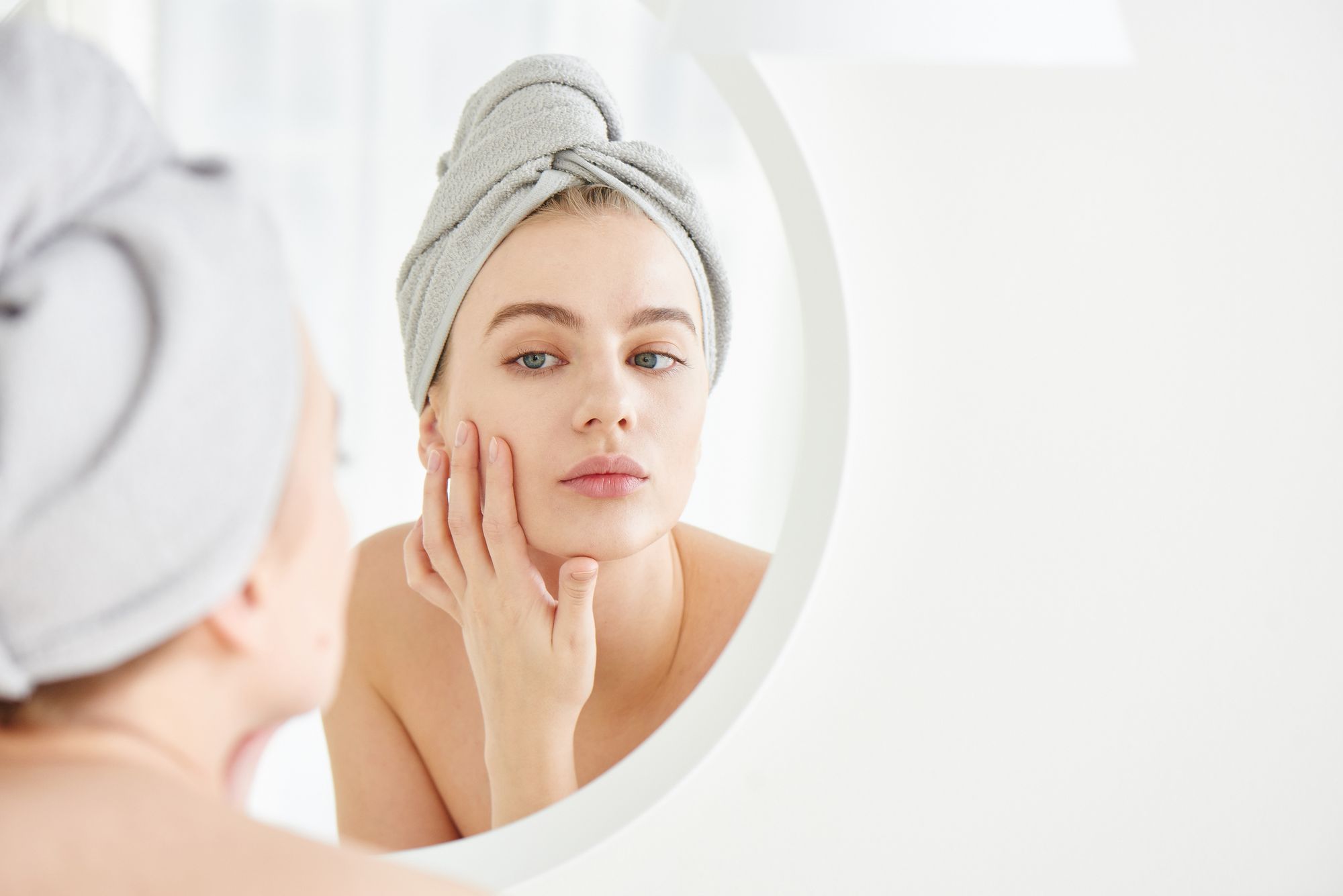
Taking maximal sun-protective measures can help prevent basal cell carcinoma and other types of skin malignancy. "Whether dietary measures like enhanced vitamin D intake can prevent any of these diseases remains controversial, and it should not be counted on to confer protection," warns Dr. Margolin.
According to Dr. Toy, the best way to prevent basal cell carcinoma is to protect yourself from the sun. Using sunblock, wearing sun-protective clothing, and limiting sun exposure during peak hours can mitigate the risk. Additionally, monthly self-examinations at home and annual check-ups with a dermatologist can lead to early detection, which is crucial for optimal treatment.
Dr. Gordon recommends wearing daily SPF, seeking shade, wearing hats and sun-protective clothing, limiting time spent outside during peak UV radiation, and scheduling yearly screenings with a dermatologist.
Dr. Lal emphasizes the importance of wearing sunscreen with SPF 30 and broad-spectrum coverage, and reapplying it every two hours when in the sun. By following these tips, you can help lower the risk of developing basal cell carcinoma.
6) Available Treatments for Basal Cell Carcinoma
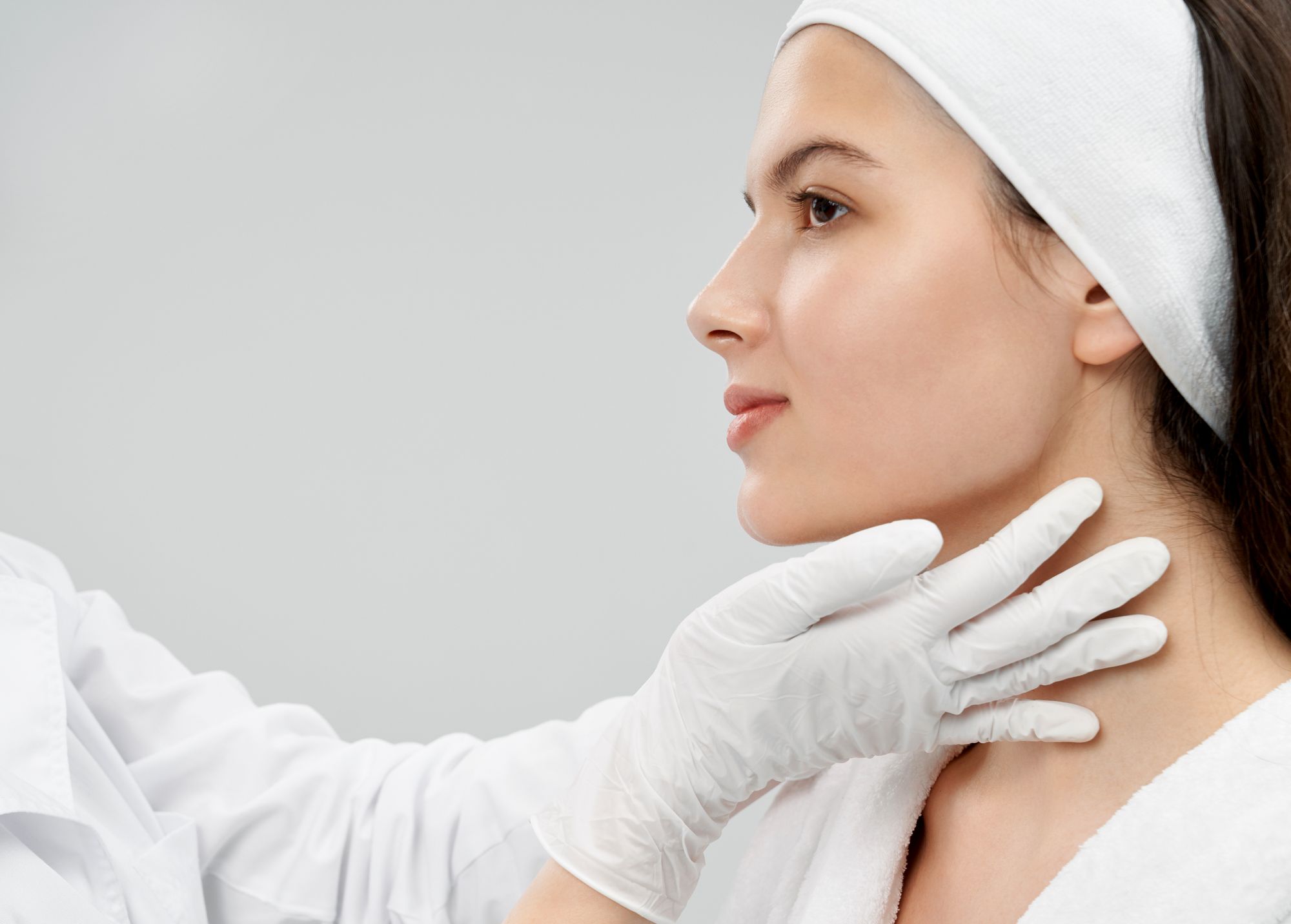
According to Dr. Margolin, not all BCCs grow aggressively, and some may never bother the person. However, some BCCs can grow more aggressively, requiring surgery, chemotherapy, or immunotherapy to control. Dr. Toy explains that most basal cell carcinomas can be cured with a surgical procedure under local anesthesia. Chemotherapy and radiation are rarely needed and only used in the most unusual of cases. In very early basal cell carcinoma, a topical form of chemotherapy called fluorouracil 5% cream can be used to avoid surgery. However, the vast majority of basal cell carcinomas are treated surgically by excising the lesion with a scalpel and sewing the skin back together or by scraping and burning the tumor using a specialized procedure called Mohs surgery.
If left untreated, Dr. Gordon says that BCCs will grow and cause local destruction to the skin. Although it rarely happens, BCCs can metastasize and cause internal cancer. Dr. Lal adds that BCC is notorious for forming large, non-healing wounds that, if untreated, can destroy local tissue.

